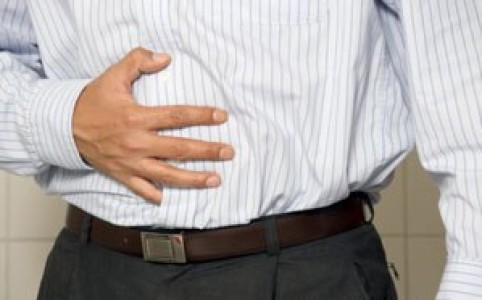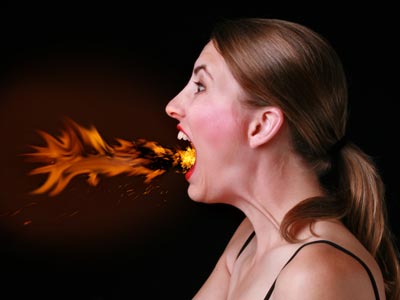Difference Between Ulcer and Acid Reflux

Ulcers and acid reflux are two of the most common digestive disorders, in which the sufferer experiences discomfort, and a burning sensation or pain in the stomach. Both these conditions are usually caused by bad eating habits, and certain behaviours can assist in relieving the discomfort or pain of the sufferer, leading to a healthier life. These two conditions are often mistaken as the same disease because of the burning sensation in the stomach and the acidic taste in the mouth; however, they are in fact two distinct digestive disorders.
Ulcers usually cause pain and discomfort in the stomach, just below the sternum, while acid reflux affects the thoracic region, chest, and throat areas. However, in some cases, the symptoms can overlap. While heartburn is one of the major symptoms of acid reflux, it can also be a symptom of an esophageal ulcer.
Ulcers are much more dangerous as compared to acid reflux, as they can lead to stomach cancer if left untreated. Reflux ulcer is also a serious condition that, if not treated in a timely and properly manner, can severely damage the oesophagus.
In case of an ulcer, eating tends to assist in the reduction of pain and discomfort. However, in case of an acid reflux problem, eating usually aggravates the pain and discomfort, making the situation worse for the patient.
You May Like: Difference Between Ulcer and Cancer
Instructions
-
1
Ulcer
An ulcer is a digestive disorder caused by a bacteria known as Helicobacter pylori (H. pylori), which produces a substance that weakens the mucous lining in the stomach. This causes the digestive juices to burn the internal side of the stomach, resulting in a burning sensation, and pain in the stomach.
Related: How to Treat Peptic Ulcer
Image courtesy: articles.mercola.com
-
2
Acid reflux
Acid reflux, on the other hand, is a condition where the one-way valve at the end of the oesophagus relaxes, allowing the digestive juices in the stomach to flow back into the oesophagus - this causes a person to feel a burning sensation in the chest region. Normally the valve, lower esophageal sphincter (LES), closes as soon as the food goes through it into the stomach, but under certain conditions, the LES stops functioning efficiently, and some of the acid from the stomach flows back into the oesophagus, leading to acid reflux.
Suggested: How to Deal With Bile Reflux
Image courtesy: health.howstuffworks.com


